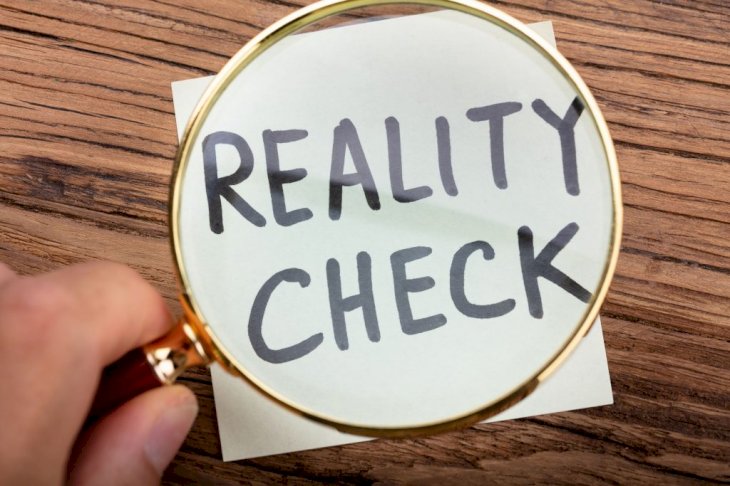
A Guide To Having Lucid Dreams
Waking up in the morning after a good night’s rest and having a vague recollection of a dream is something that many people know all too well. You know you had a dream, and you know who was in it, but you don’t really know what happened.
Perhaps even worse than that, though, is waking up in the middle of a really good dream and then trying to go back to sleep so that you could finish the dream but never finding out how that dream ended.
Lucid dreaming is the answer to both of these dilemmas, and we’re here to give you some techniques to fall into a lucid dream.
Dream Journals

Unsplash
A surefire way to make sure that you remember all of your dreams is to keep a dream journal. Keep a dream journal next to bed in which you write down all the dreams that you can remember in the morning.
Not only will this help you to remember your dreams better over time, but it will also help you to have lucid dreams because you will start to pick up dreamsigns and understand your dreams better. You should read your dream journal as often as you can.
Reality Checks

Shutterstock
Reality checking trains your mind to understand its own awareness, which will help you have lucid dreams. You can do reality checking while you are awake so that your dreams will be clearer.
Many people have different methods of reality checking, but some popular ones are checking a mirror to check that your reflection looks normal or pressing your fingers into your palm to check that they don’t go straight through as they might in a dream.
Wake Back To Bed

Unsplash
Entering the REM phase of sleep is something that happens while you’re unconscious, and this is also when you have the most dreams, so you would need to enter this phase consciously to have a lucid dream.
To do this, set the alarm for five hours after you fall asleep and then do another activity for 30 minutes, such as reading and then going back to sleep. You will be more likely to enter REM this way consciously.
Wake-initiated Lucid Dream

Shutterstock
This type of lucid dream is possibly one the most difficult lucid dreams to have because you have to enter a dream state straight from waking life. Many people find this almost impossible, but it is fairly easy.
All you need to do is lay down and relax until you start experiencing the hallucinations that come with falling asleep and then trying to control the dream from there. It takes a little practice but is ultimately the best way to do it.
Risks

Unsplash
As with anything that hasn’t been extensively researched, there are risks involved with lucid dreaming, especially since you will likely be alone while you are doing it. However, the risks involved are not major and are usually experienced from the induction techniques.
You might experience derealization, sleep paralysis, and sleeping problems, so you should ensure that you practice lucid dreaming as safely as possible. One major risk of lucid dreaming is depression, and if you have mental illness already, you should probably not practice lucid dreaming.